Improving Sensorimotor Health in the Elderly: A Chiropractic Approach to Preventing Falls
Charting the Route to a Healthy Old Age: The Role of Chiropractic in Preserving the Sensorimotor System The aging process is one of
Tel. : 662097657 / 931527281





Spinal stenosis is a condition that affects a significant number of people as they age. In this article, we will explore in detail what spinal stenosis is, its causes, symptoms, and how chiropractic can be an effective option to relieve its symptoms and improve the quality of life of those who suffer from it.
Spinal stenosis is a condition in which the spinal canal, which houses the nerve roots of the spinal cord, narrows. This narrowing can be caused by a variety of factors, including aging, traumatic injuries, degenerative diseases such as osteoarthritis, and other medical conditions. When the spinal canal narrows, it puts pressure on the spinal cord and nerves, resulting in pain, numbness, weakness, and other symptoms.
Spinal stenosis may be a result of the natural aging process, during which the bones and tissues surrounding the spinal canal may change shape and size. These changes can include excessive growth of bone tissue, known as bone spurs, as well as thickening and hardening of the spinal ligaments. Additionally, diseases such as arthritis can cause inflammation and damage to the vertebral joints, contributing to narrowing of the spinal canal.
Symptoms of spinal stenosis can vary depending on the location and severity of the narrowing of the spinal canal. Common symptoms include pain in the back, hips, legs or arms, numbness or tingling in the extremities, muscle weakness, and difficulty walking or maintaining balance. In more severe cases, such as cauda equina syndrome, spinal stenosis can cause loss of bladder or bowel control, sexual dysfunction, and severe leg weakness.
While surgery used to be the most common treatment option for spinal stenosis, more people are turning to less invasive approaches, such as chiropractic. Chiropractors specialize in correcting vertebral subluxations. Through gentle, targeted chiropractic adjustments, chiropractors can restore normal movement to the vertebrae and relieve pressure on the spinal cord and nerves, which can reduce pain and improve nerve function. It can also improve flexibility and reduce stress on compressed nerves.
In addition to chiropractic, there are other complementary therapies that may be beneficial in the management of spinal stenosis. Yoga and tai chi are low-impact activities that can strengthen muscles, improve posture, balance, and mobility, which can be especially beneficial for people with spinal stenosis.
Chiropractic adjustments can not only help relieve pain and other symptoms associated with spinal stenosis, but they can also improve mobility and overall body function. By restoring balance and alignment of the spine, chiropractic adjustments can help prevent future episodes of pain and injury. Additionally, many patients find chiropractic to be a non-invasive and safe alternative, allowing them to avoid the risks and side effects associated with more invasive approaches.
Additionally, education and prevention play a crucial role in the long-term management of Spinal Stenosis. Chiropractors can provide patients with advice on ergonomics, strengthening exercises, and stress management techniques that can help prevent the recurrence of symptoms. Adopting a healthy lifestyle, including a balanced diet, regular exercise, and avoiding tobacco and excess alcohol, can help maintain spinal health and reduce the risk of developing complications related to spinal stenosis.
In summary, spinal stenosis is a condition that can have a significant impact on the quality of life of those who suffer from it. However, with a comprehensive approach that includes chiropractic care, complementary therapies, education and prevention, it is possible to manage symptoms and improve physical function and quality of life. If you are experiencing symptoms of spinal stenosis, do not hesitate to seek the guidance of a chiropractor or other qualified healthcare professional for a personalized treatment plan tailored to your individual needs.
EIXAMPLE
SANT ADRIÀ
RELATED POSTS

Charting the Route to a Healthy Old Age: The Role of Chiropractic in Preserving the Sensorimotor System The aging process is one of
Our patients







We offer you a special offer on your first visit to our chiropractic center.
Includes: